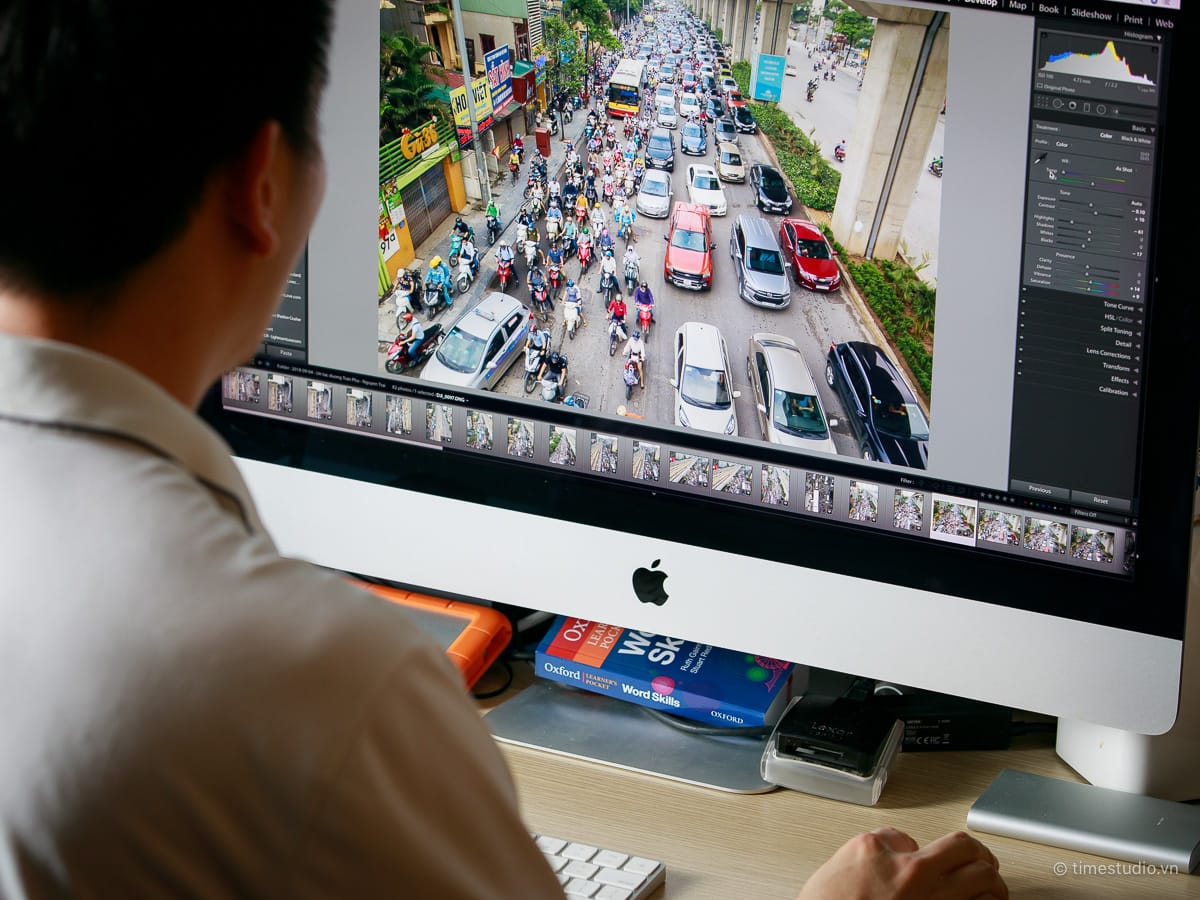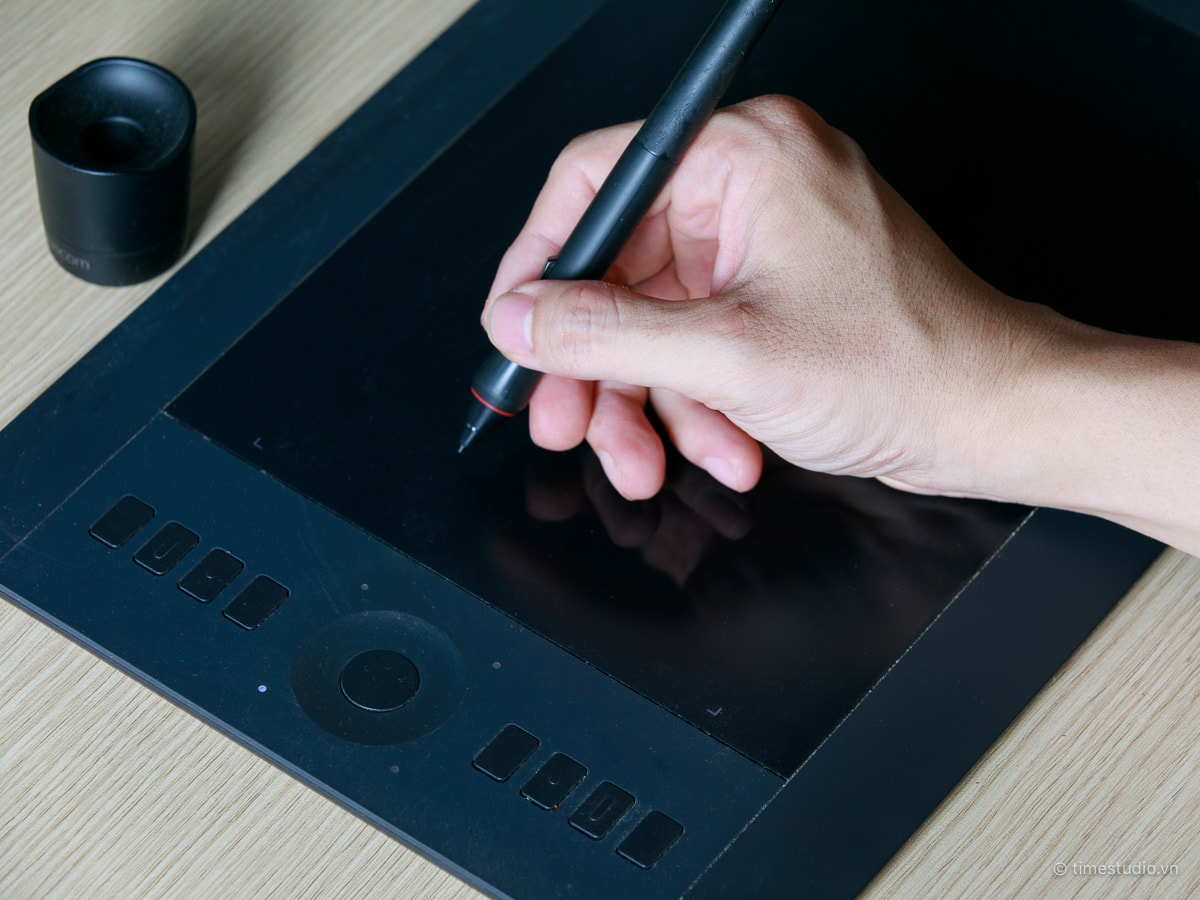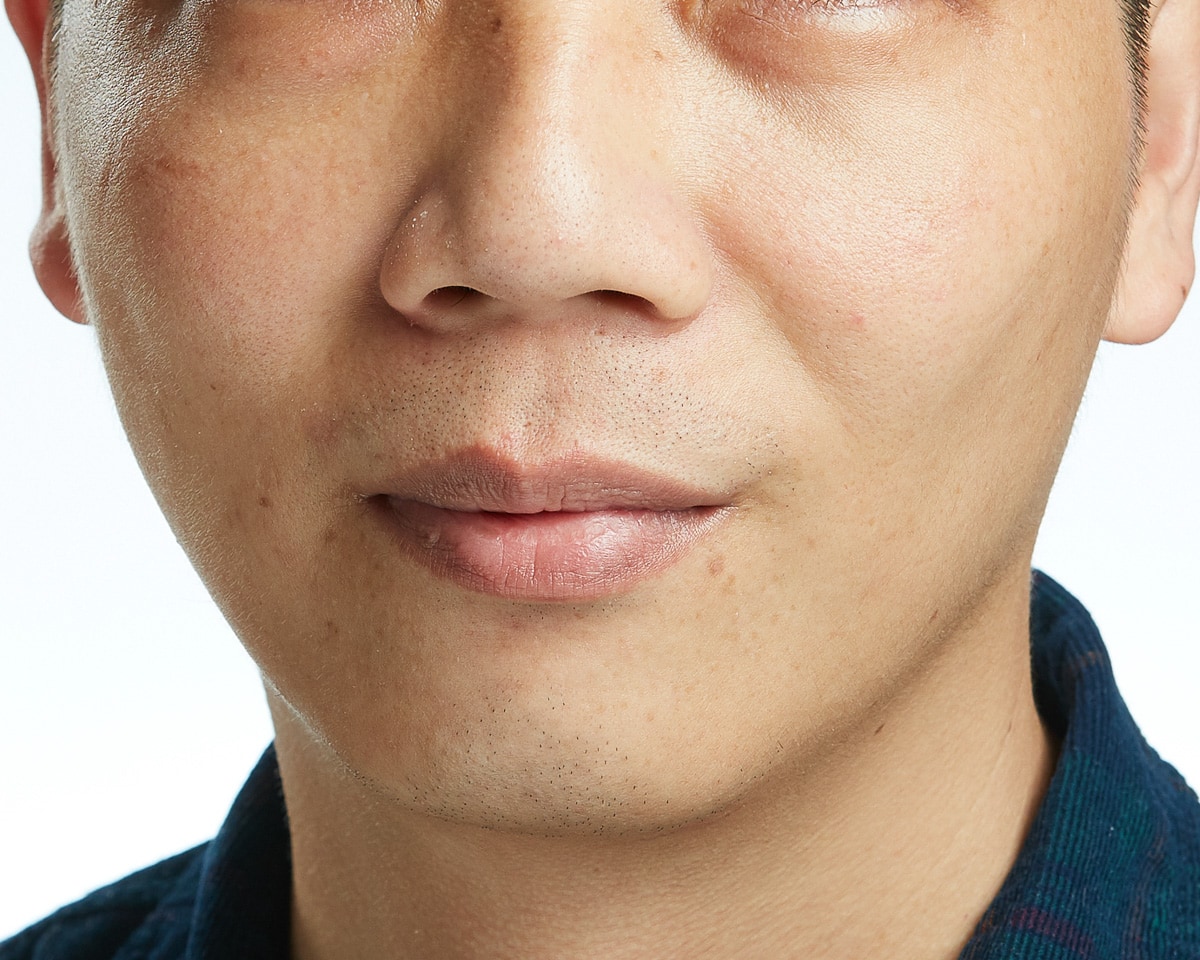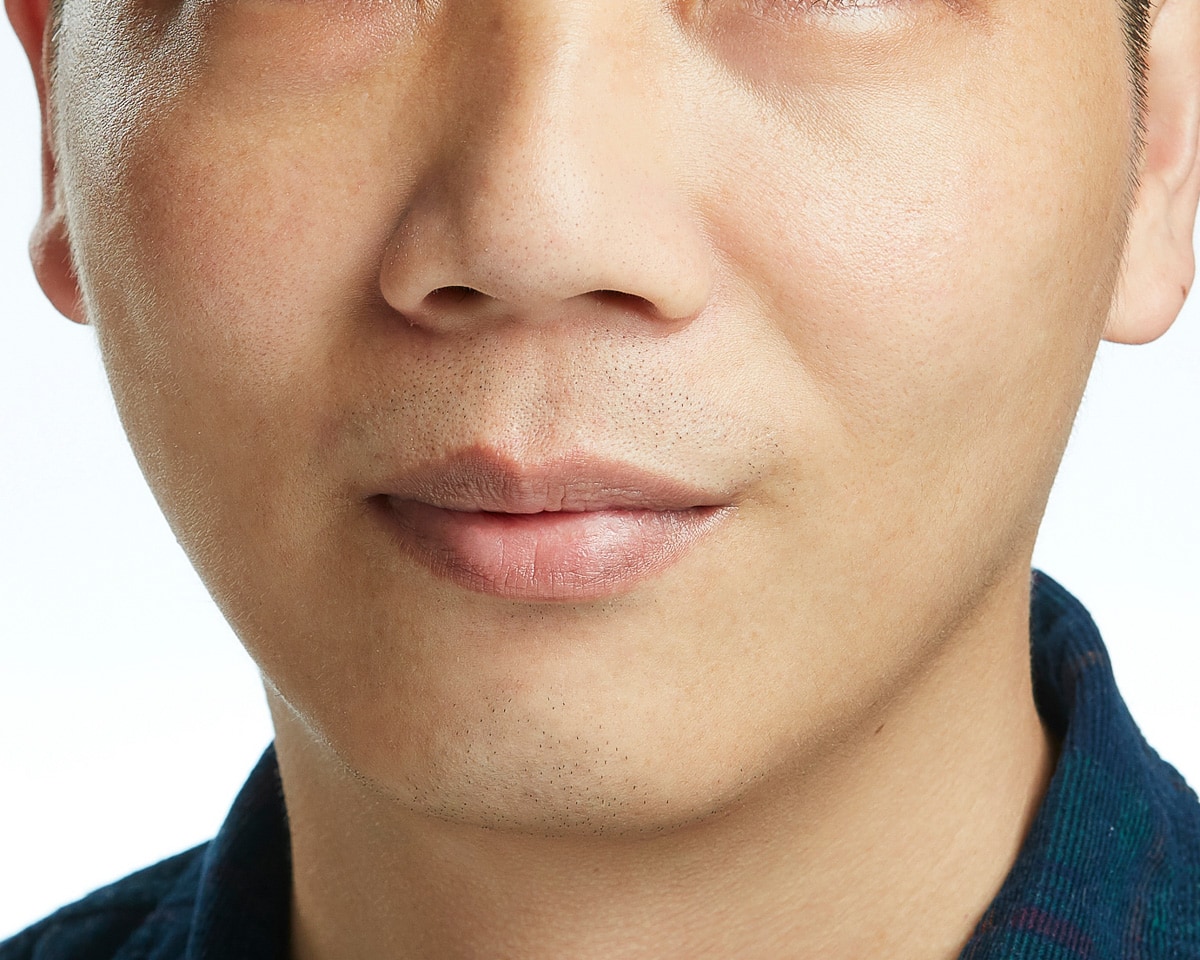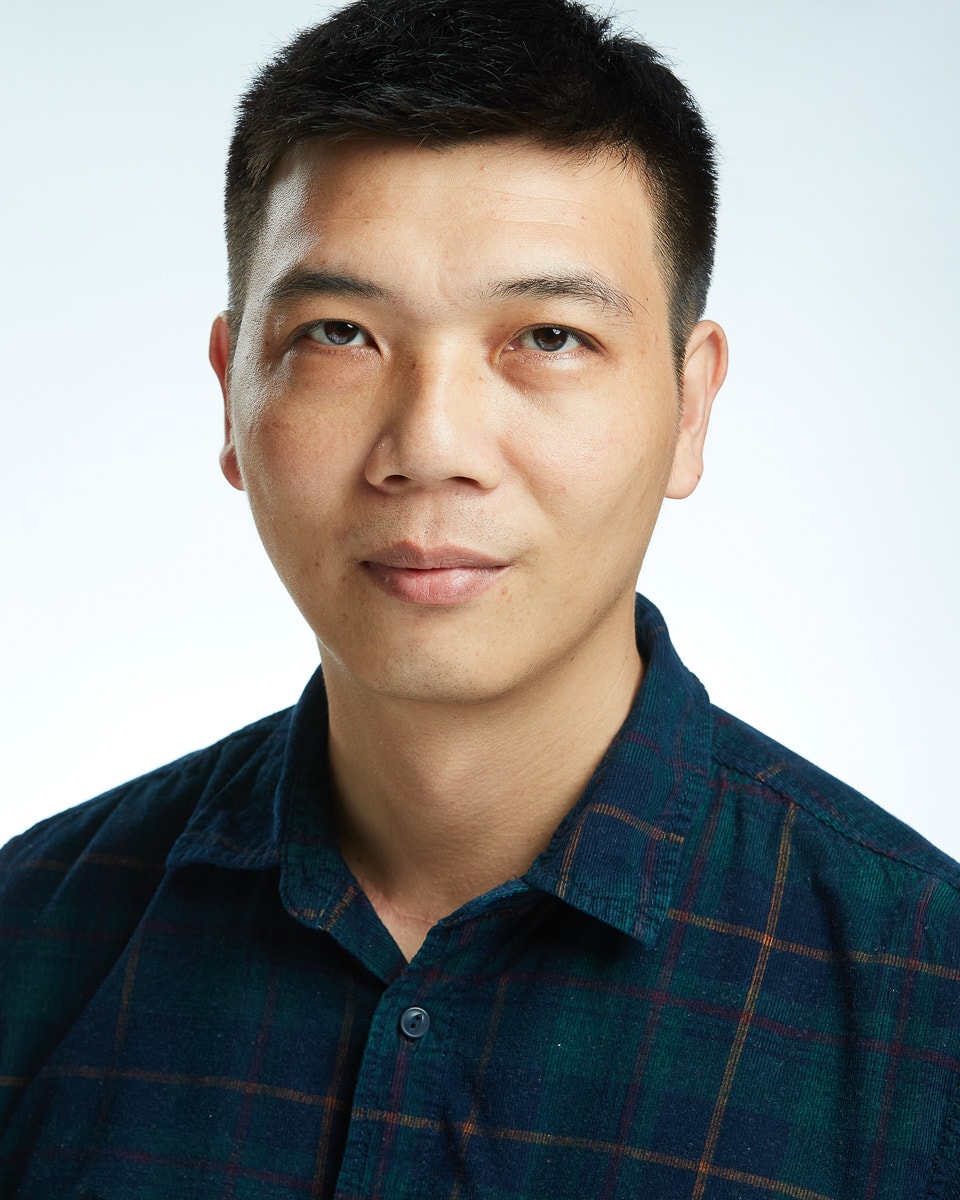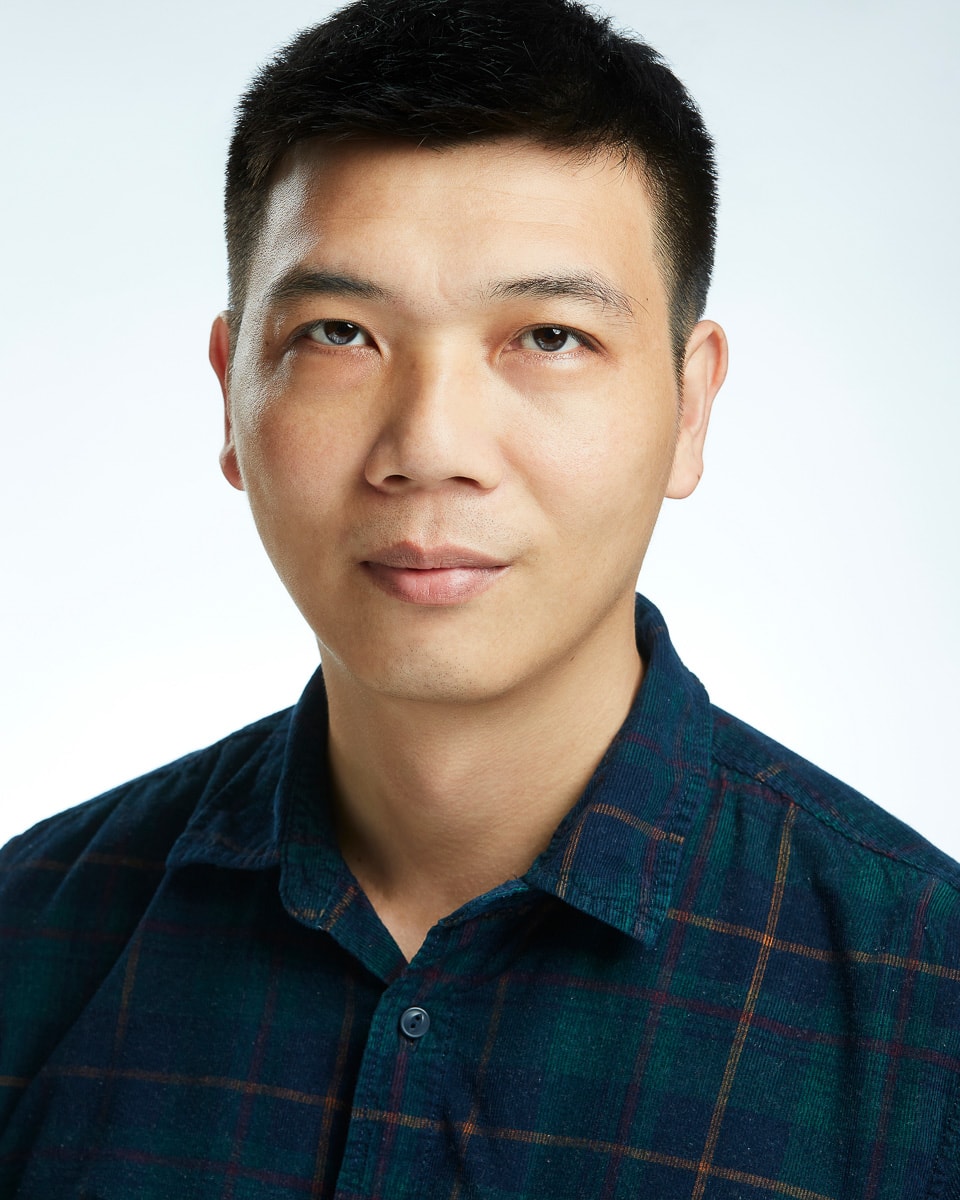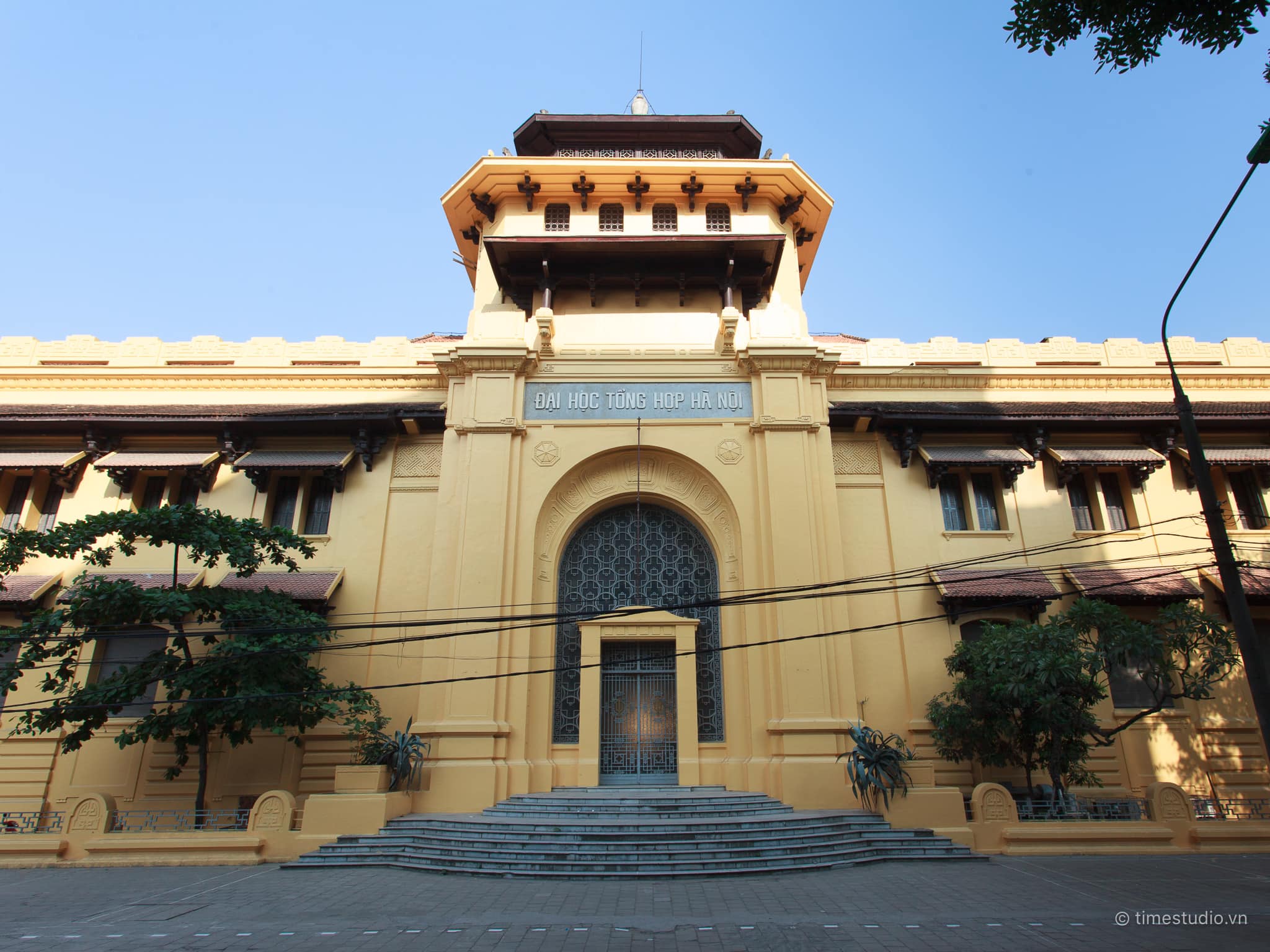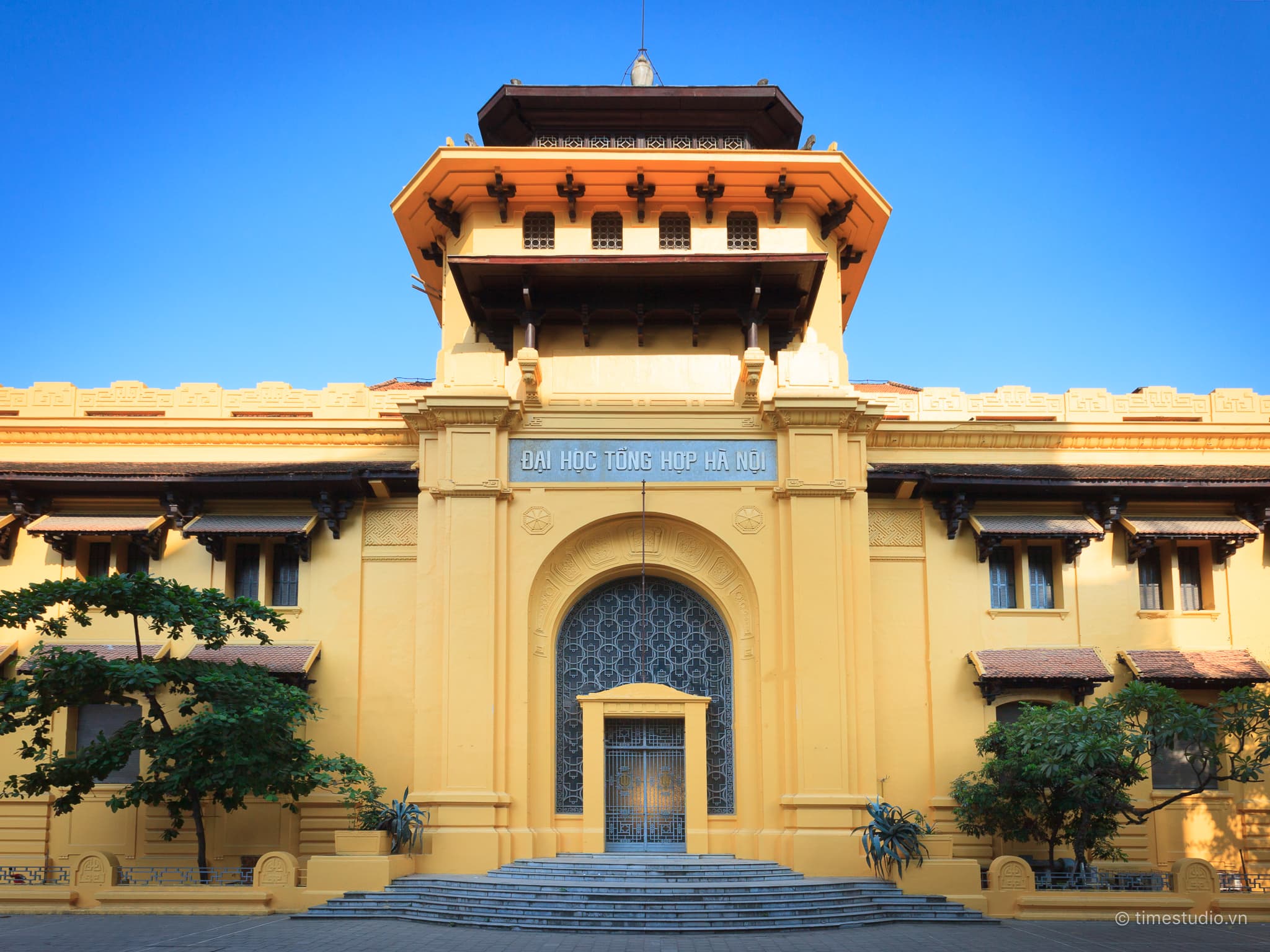Cameras don’t see the world the same way the human eye does.
It is easy for our eyes and brains to overlook familiar details. If we don’t pay attention to search, we won’t really notice the wrinkles, the stray hairs, the small spots on the skin or someone’s eyes are different height. But the camera captures every flaw in even the tiniest details.
We also often don’t notice uneven lighting, weird shadows, weird reflections, wires, cracks, or other distracting elements.
Unlike our constantly moving eyes, the camera captures each moment forever. When we look at a photo, we see many things that the eye previously missed.

